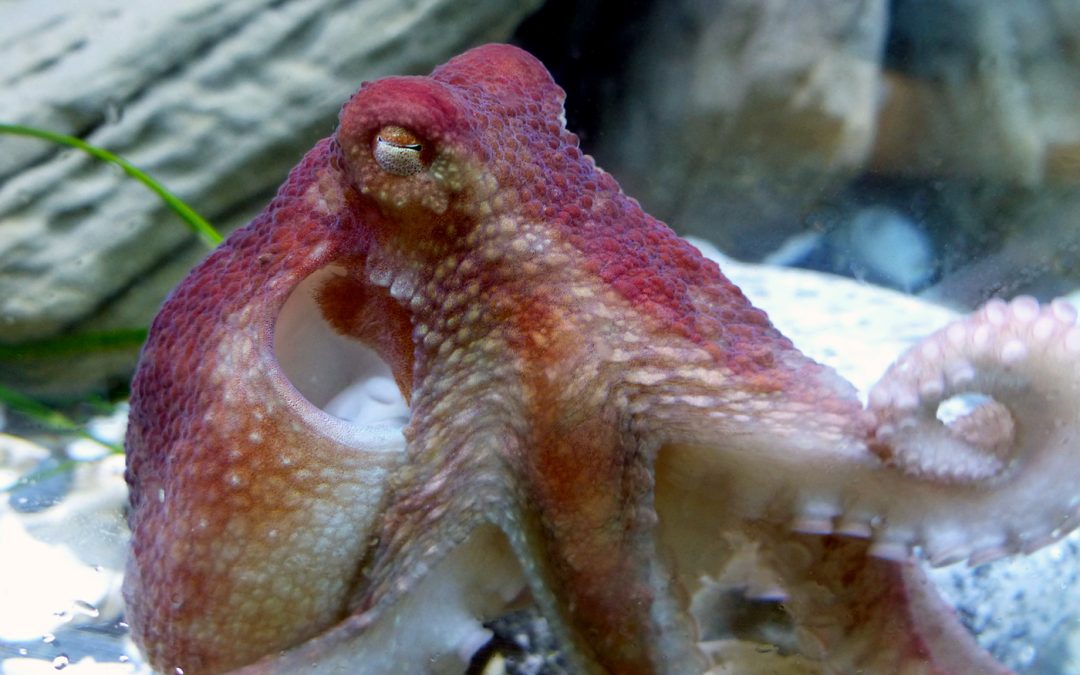
by David Young | Aug 23, 2024 | Molluscs
Ruby Octopus Author: Claire Troost Common Names: Ruby Octopus, Pacific Red Octopus, Red Octopus Scientific Name: Octopus rubescens (Polypus rubescens) Size Range: to 50cm (20 inch) arm spread Identifying Features: This species was originally thought to be a...
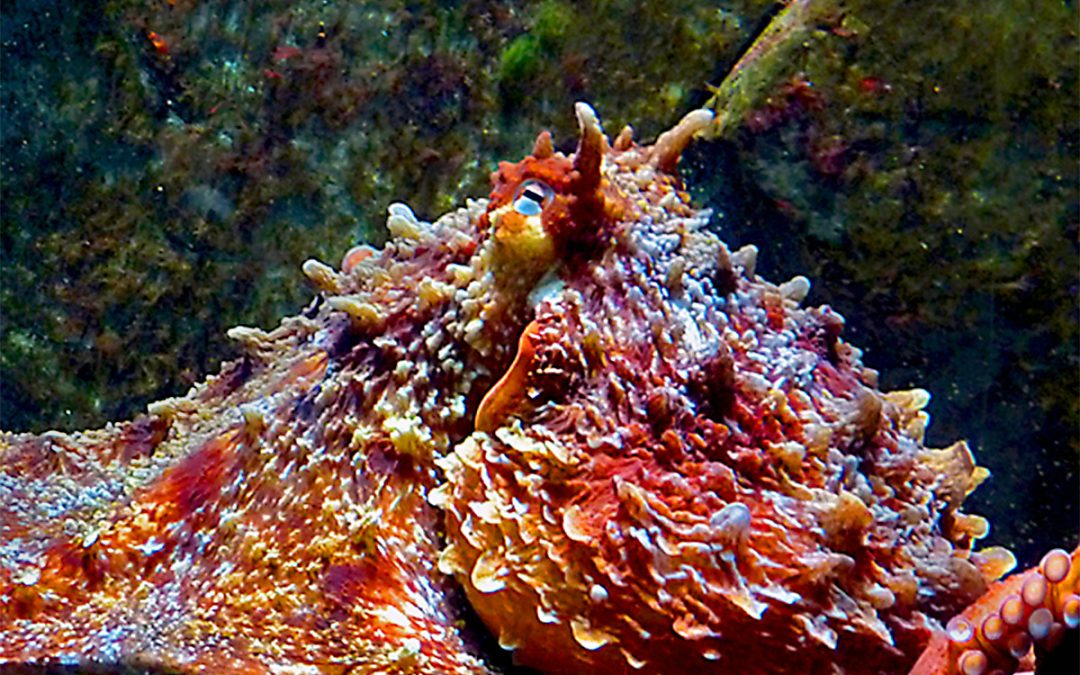
by David Young | Aug 23, 2024 | Molluscs
Giant Pacific Octopus Author: Stephanie Hurst Photos by S. Hurst and A. Rutledge Common name: Giant Pacific Octopus, Giant Octopus Scientific name: Enteroctopus dofleini Size Range: around 3-5 meters across and averaging 50kg (110lbs). They are the largest octopus in...
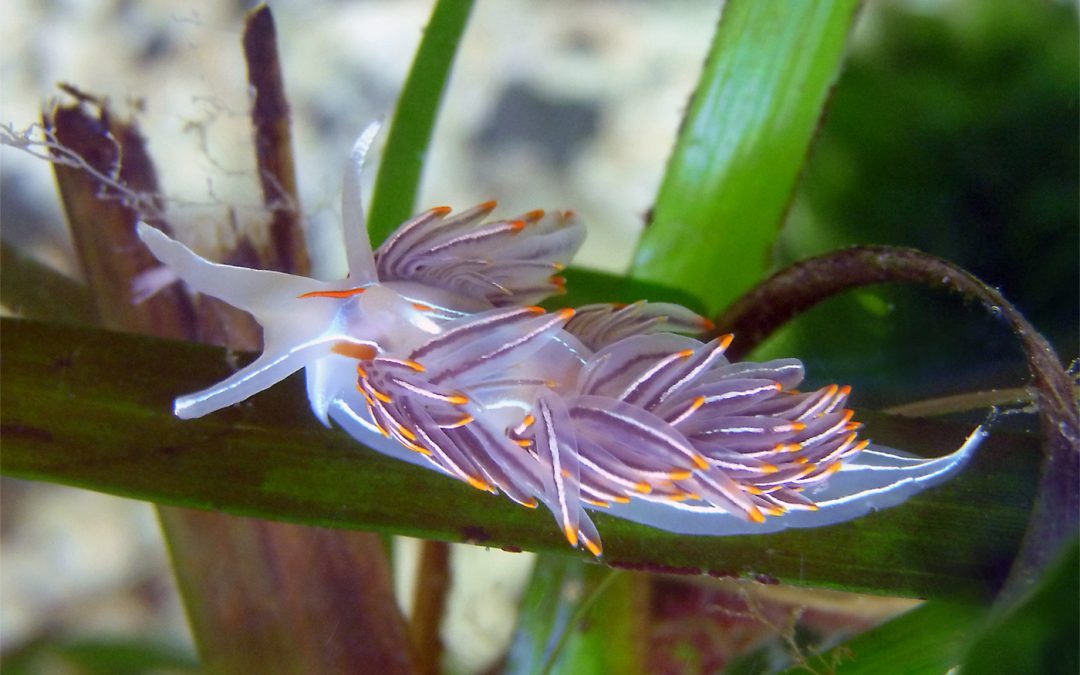
by David Young | Aug 22, 2024 | Molluscs
Authors: Allie and Charlotte Common name : Opalescent Nudibranch, Hermissenda Nudibranch Scientific name : Hermissenda crassicornis Size range : up to 8cm long but normally around 3cm Identifying Features: The Opalescent Nudibranch is likely the most attractive...
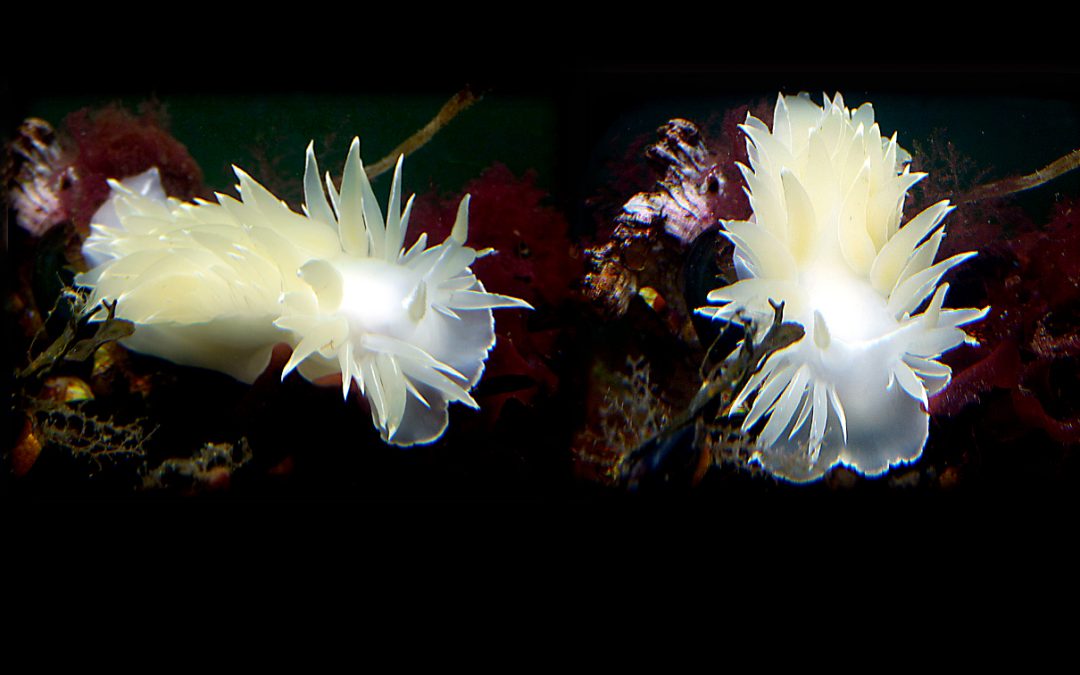
by David Young | Aug 22, 2024 | Molluscs
The Frosted Nudibranch by Elias and Jesse Common name: Frosted Nudibranch, Alabaster Nudibranch, White-lined Dirona Scientific name: Dirona albolineata Size range: up to 180mm (18cm) in length but normally 4cm Identifying Features: The most prominent feature of the...
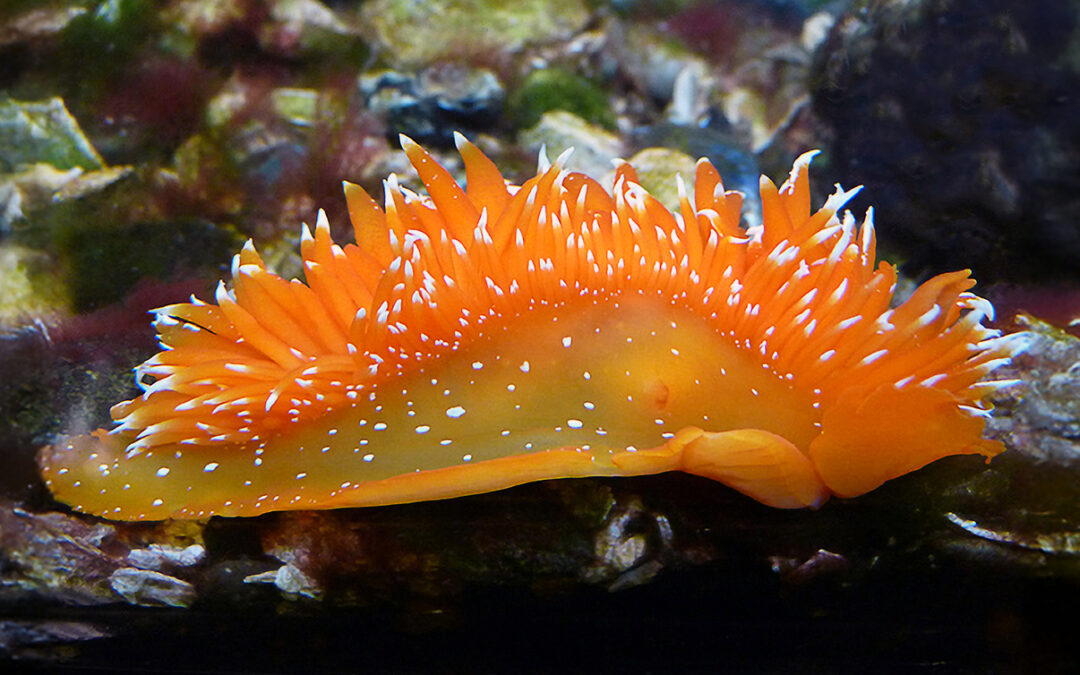
by David Young | Aug 22, 2024 | Molluscs
Author: Samantha Claver Photogragh and video by Samantha Claver Common names: Golden Dirona, Gold Dirona, Orange Dirona Scientific name: Dirona pellucida Size Range: up to 12 cm (5 inches) long Identifying Features: Dirona pellucida belongs to the Nudibranchia...
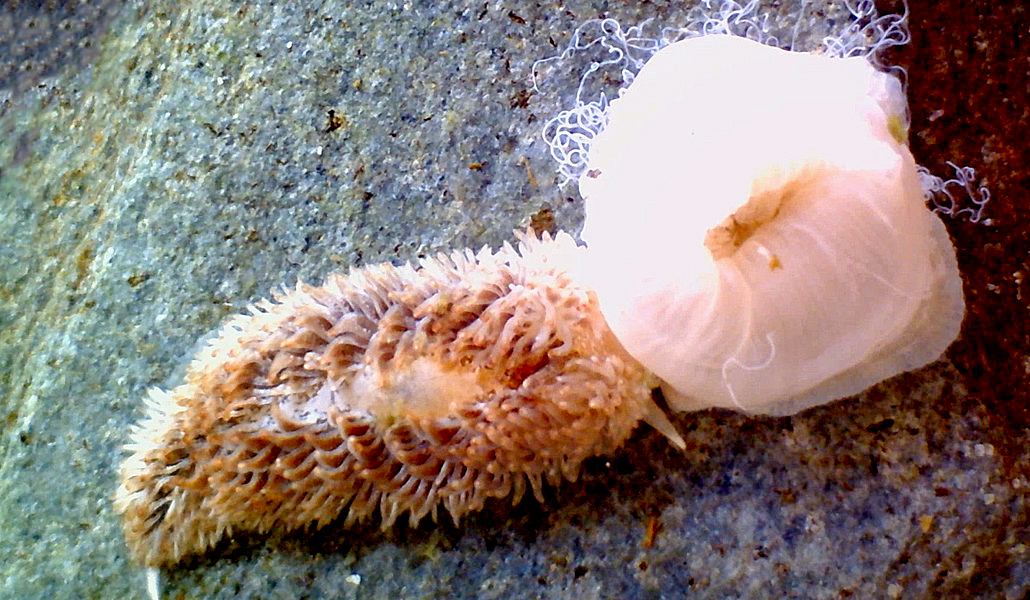
by David Young | Aug 22, 2024 | Molluscs
Author: Breyn Banks Common Names: Shag-rug Nudibranch, Shag Nudibranch, Shaggy Mouse Nudibranch, Maned Nudibranch Scientific Name: Aeolidia papillosa Size Range: 7 cm in length. Identification: The shag-rug nudibranch is a smaller nudibranch that is white to pink...






